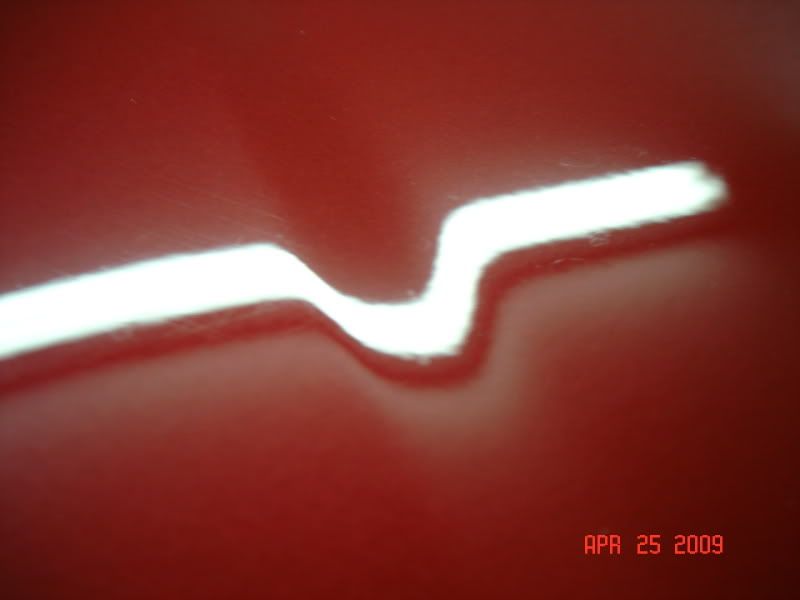JaredPointer
COME AT ME BRO
I've got some slight water etching on the roof and a few spots on the hood of my truck. I have tried lots of different combos to try and remove them or get the less noticeable, but tonight I found a semi-solution. I used PB's SSR3 by hand on individual spots and followed this up with 105 and then 205. The spots I hit are almost completely gone, which leads me to believe that I might can get them out without too much damage and without removing too much paint. I really wish I had a paint gauge to check and make sure, but I don't. I also wish I had the confidence to get on it with a rotary as I think that might make it a very short job. Seeing as I am going at this with either hand or PC, does anyone have any other suggestions I could try out? At this point, I am fielding any kind of advice, etc. I even thought about using some 2000 or 3000 grit wet paper and then follow that up with the polishes. Just not too sure I want to get all out aggressive on my new toy just yet...

